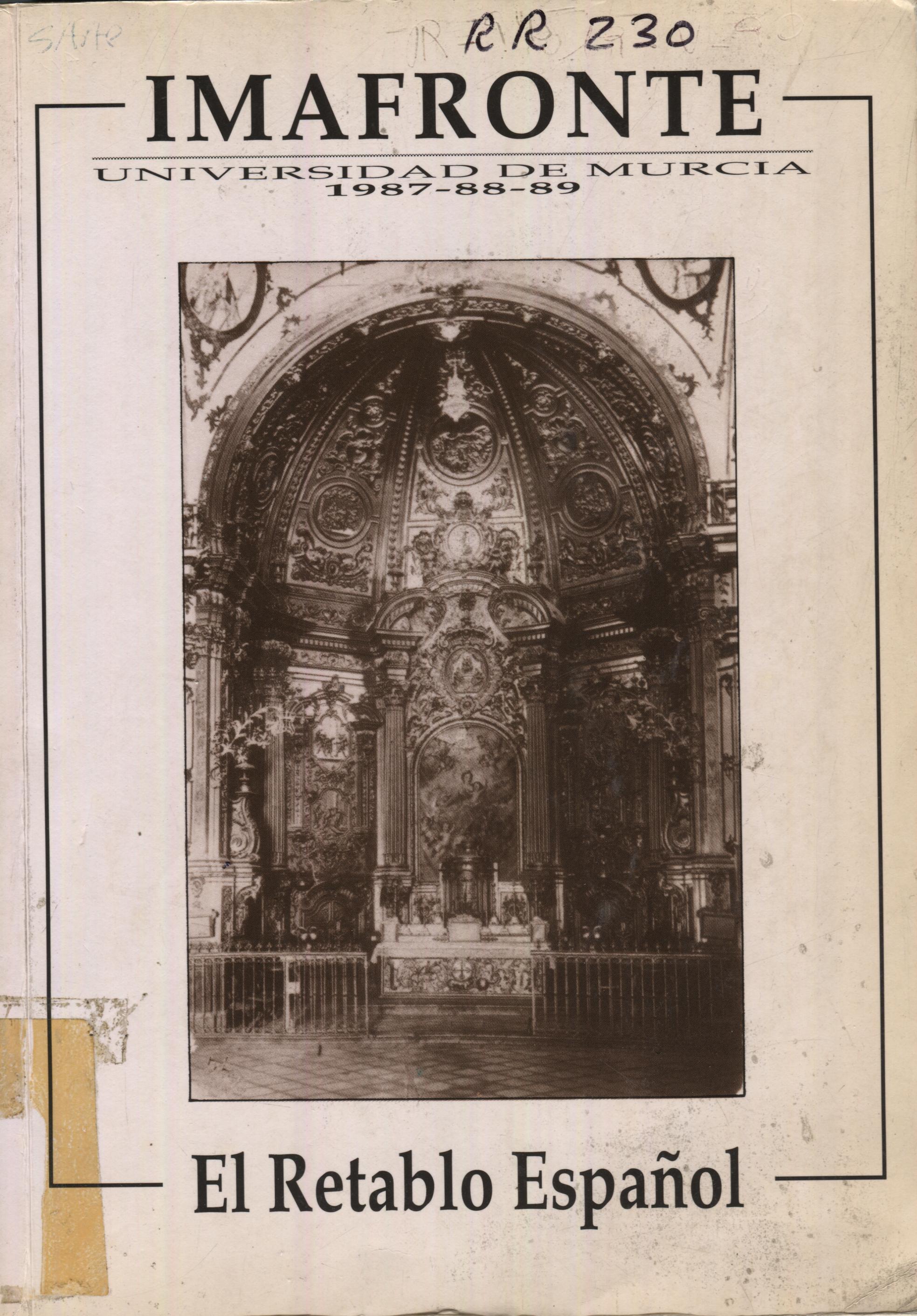LOS TABERNÁCULOS DEL BARROCO ANDALÚZ
Abstract
One of the most interesring chapters in the baroque retable-making activity in Andalusia is presetired by the rich series of isolated tabernacles or templetes [litle temples]. They stand out both because of the privileged location on the heads of cathedrals and collegial churches and their specialfunction, the Eucharistic exhibition, which distinguish these Andalusian structures from other Spanish ones, usually reserved to Saints. It justifies the name tabernaclen itself: After Diego de Siloe arranged un isolared tabernacle in the rotunda in the cathedral of Granada, this type of altar became in fashion in Andalusia, particularly in eastern Andalusia, and examples as inreresring as St. Sebastian, in Anrequera or those of the Grace Trinnitarians and Santo Domingo, in Granada, were erected along the XVIIIth century the later two are made in polycrhome marbles). Hurtado Izquierdo starts from them to reach the most original and very baroque solutions in the first decades of the XVIIIth century. His works will inspire well known artists, like José de Bada and Pedro Duque Corriejo.Downloads
-
Abstract373
-
PDF (Español (España))172
1. The authors non-exclusively assign the exploitation rights (reproduction, distribution, communication and transformation) to the magazine.
2. The works published in this magazine are subject to the Attribution-ShareAlike 4.0 International license (CC By SA 4.0). Therefore, they can be copied, used, disseminated, transmitted and publicly displayed, provided that:
i) the authorship and the original source of its publication (journal, editorial and URL of the work) are cited, thus allowing its recognition.
ii) it is allowed to remix, transform or create from the material while maintaining the same license as the original.

3. Self-archiving conditions. Authors are allowed and encouraged to electronically disseminate the pre-print (version before being evaluated) and/or post-print (version evaluated and accepted for publication) versions of their works before publication, as it favors their publication. Earlier circulation and diffusion and with it a possible increase in its citation and reach among the academic community. Color RoMEO: verde.






















